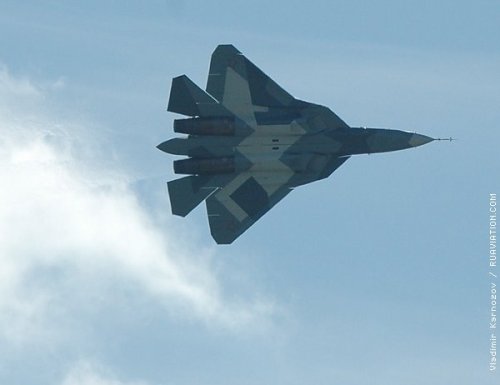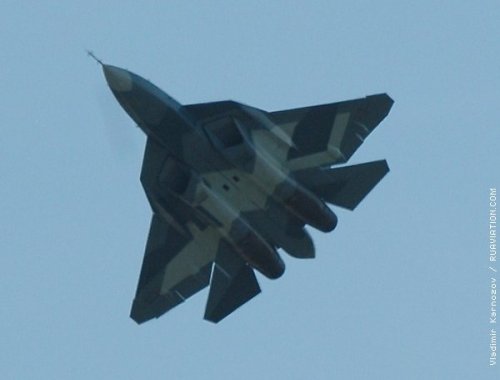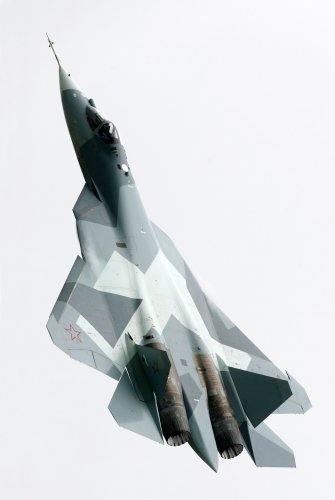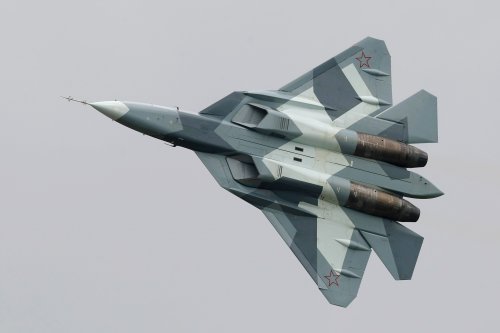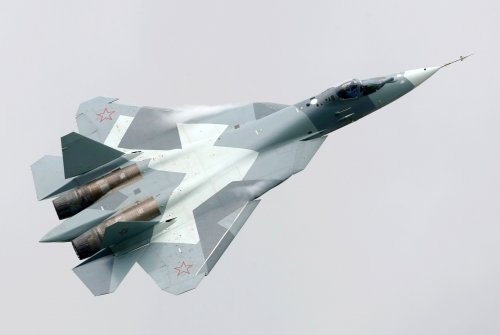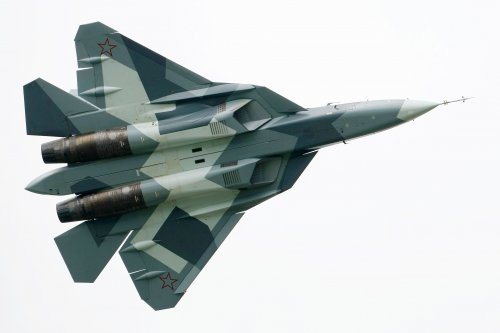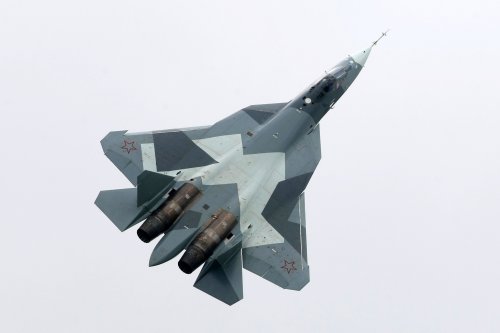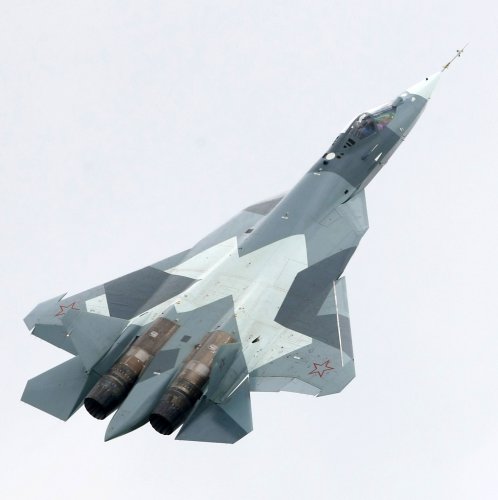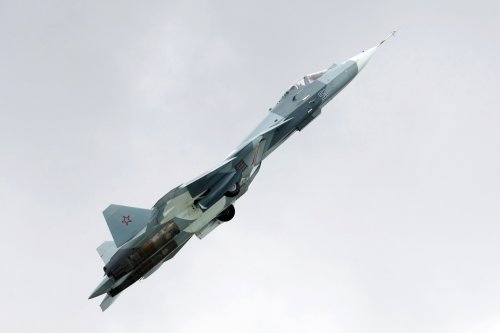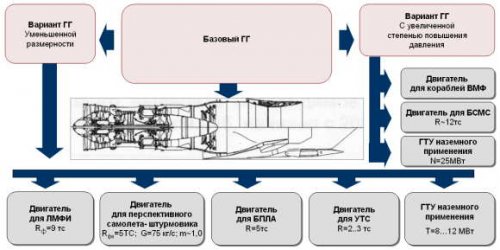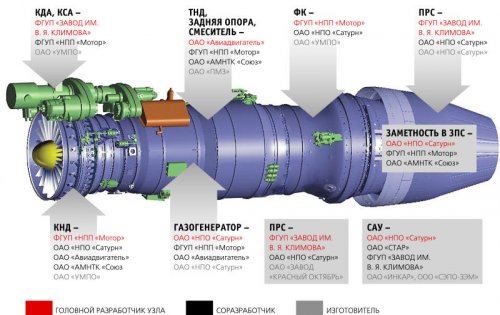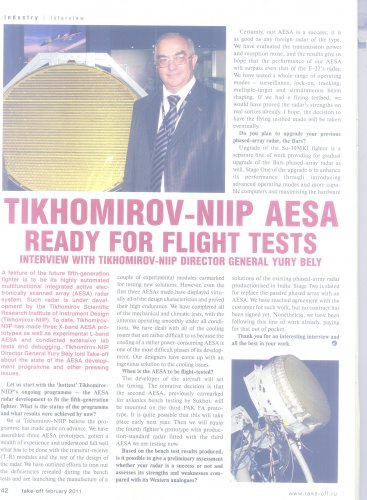kcran567 said:
I look at the t-50 and see the Russians wanted to take the best from each aircraft...
front end cockpit area very Northrop yf-23 like with a f-22 wing and Flanker style "centroplane" lifting fuselage for the weapons bays...add in the all moving vertical tails, adjustable LERX, and 3-d vectoring and you have a less stealthy, yet more maneuverable airplane than the f-22, but later versions should be more stealthy.
Excuse me but when i read things like that...what do you know about stealth? aerodynamics? How can you judge a plane you've seen on 2 videos only by bits?
Do you seriously think things are that simple?
No, you don't take best part from each plane; it doesn't work like that; a plane is an integral thing it is not because you take the 23 like front end with F-22 wings that it works.
When you design a plane you design it with all dimensions in mind.
World is not black or white and a simply study of performance of F-15 vs SU-27 shows you that lerx and tunnel on SU-27 is not equal to better performance;
Regarding those who believe that the t-50 and Flanker are related, only in the nacelle layout and centroplane. Think of it as a family stealthy "evolution" of the Flanker rather than a completely new jump into an entirely untested airplane configuration.
What is an untested airplane configuration for you? You think that because you have a tunnel it can't bring new flow fields?? That you master it an had only to tweak it??
I wish people would stop believe they can in one glance do the same work than 10 years of windtunnel,CFD and phd+20 years experienced people's work.
Not directed against you in an offensive way but with the release of J-20 i'm overflooded with those kind of people that already know what is good and is not good on a plane that hasn't even left the ground...and the S-duct stupid rants on pak-fa did set me on earlier..


